Introduction
Herbs are one of the easiest plants to grow for beginners.
Most are hardy, release fragrant aromatic scents with the breeze or when you touch them, and look great as indoor plants.
For some keeping a ready supply of fresh herbs that can be used in cooking is also a benefit.
So, if you are ready to try your skills on growing herbs indoors then we have just the article for you.
We have done all of the research and developed a list of the 9 best herbs for beginner gardeners.
For best results, give each herb its own pot so that you can customize care and give it room to grow.
Read on to understand the preferred sun, soil and moisture requirements of our 9 best herbs for beginner gardeners. We have also included notes on their care and uses, with a few links to recipes for you to try once you have harvested your herbs.
Best herbs for beginner gardeners
Most herbs thrive in a moist but well-drained soil. They need a nice sunny position like a windowsill or on a bench just inside a window because they need at least 6 hours of sunshine each day.
Your herbs will need fertilizing every 2 – 3 weeks with a multi-purpose organic fertilizer.
Water is essential for leafy foliage but be careful not to overwater.
1. Mint
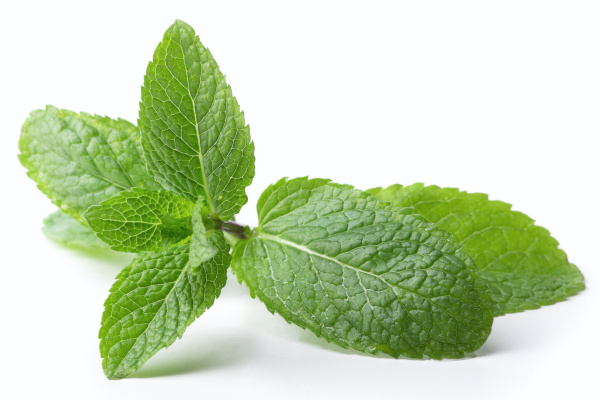
Mint is an almost fool proof and easy to grow herb. Start with a young seeding purchased from a garden centre.
The great thing about mint is that it smells fresh and it is so versatile. It is a perennial plant – meaning it can continue growing forever.
Mint can be cultivated from a cutting kept in water – allowing the plant to grow roots before transferring to a pot and soil.
Watch out though because this herb will quickly spread and take over whatever space you have. It is best to plant it in its own pot to contain it.
Full sun or partial shade.
Moist but well drained soil.
Most types – sand, chalk, clay or loam.
Pinch the tips of the plant to remove any flower buds and encourage more leaf growth.
Create a watermelon, mint, basil salad with feta.
Add fresh mint to plain or sparkling water, or freeze mint in ice cube trays to add color to your cold drinks.
2. Basil

Basil is one of the most popular herbs. It is an annual plant – meaning all roots, stems and leaves of the plant die annually.
It can be grown from seed or cultivated from a cutting kept in water – allowing the plant to grow roots before transferring to a pot and soil.
Full sun.
Well drained soil. Basil will tell you when its thirsty by wilting slightly.
Sand or loam.
Pinch the tips of the plant to remove any flower buds and encourage more leaf growth.
The most common use of basil is for cooking, such as in tomato sauces and basil pesto. Fresh basil can also be sprinkled over salads, mozzarella and sliced tomatoes, either whole or torn. Don’t chop the leaves, tear them instead to avoid bruising the leaves and to release the flavor and fragrance.
3. Parsley
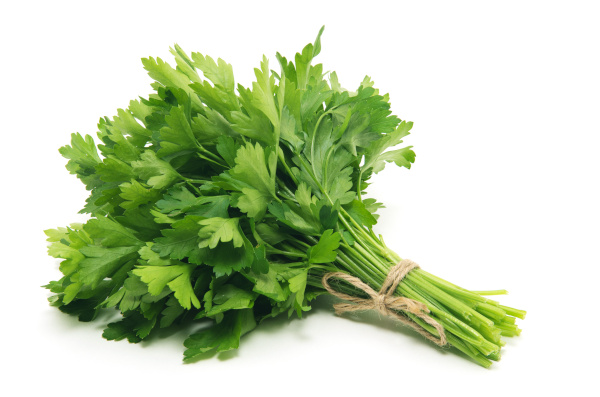
Parsley is a biennial herb – meaning it takes two years to grow from seed, mature and then die. This herb is a super all rounder with many uses in the kitchen either fresh or dried.
Full sun or partial shade.
Moist but well drained soil.
Loam.
To harvest Parsley, cut stems or bunches low down on the stem.
4. Coriander
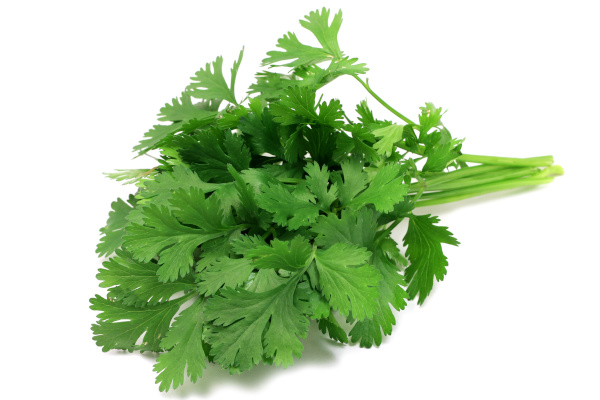
Coriander is a versatile herb used in fresh, dried and seed forms. It is an annual plant – meaning all roots, stems and leaves of the plant die annually.
The plants are fairly short-lived. Therefore, if you want a steady supply of coriander for your kitchen, you will need to sow a few seeds each week in different pots.
Full sun or partial shade.
Moist but well drained soil.
Sand, chalk or loam.
Can ‘bolt’ if stressed – meaning it will quickly produce flowers and seeds instead of sweet leaves. Keep it well watered and harvest leaves regularly.
Fresh coriander leaves are used as a garnish for salsas and spicy soups like carrot, ginger and coriander soup.
Ground coriander seeds are used as a spice in dishes like curry.
5. Chives
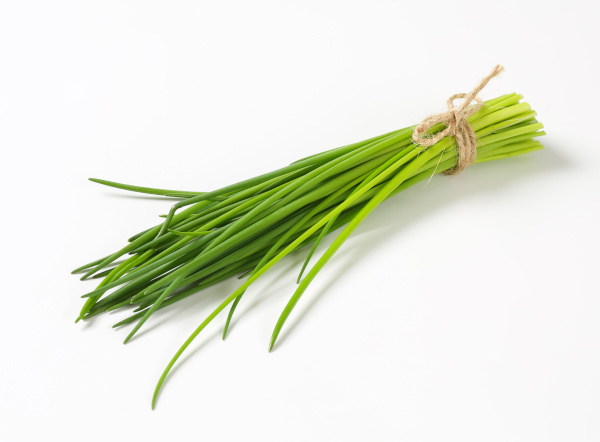
Unsurprisingly, chives are a relative of the onion family. Chives, if allowed to flower produce a spectacular fuzzy sphere of flowers in either pink or purple.
Chives are a perennial plant – meaning it can continue growing forever. That is, they come back year after year so you will never run out of sweet chives once you have started.
Full sun or partial shade.
Moist but well drained soil.
Almost any – sand, clay, chalk or loam.
Harvest chives by cutting individual leaves or bunches low on the stem.
Chives have a mild flavor making them the perfect addition to soups, fish and seafood dishes, and omelets. Can either cooked or sprinkle on the top of dishes raw.
Heat destroys their delicate flavor, so add chives to any cooked dish at the last minute.
To maximize their flavor and aroma, thinly slice, chop or snip with kitchen scissors before using.
6. Rosemary

Rosemary is an evergreen woody plant with a strong aromatic fragrance. It is a perennial plant – meaning it can continue growing forever. These plants can grow for many, many seasons but pruning is required to stop the plants from getting lanky.
Full sun.
Moist but well drained soil.
Sand, chalk or loam.
Don’t fear the flowers on Rosemary bushes, simply prune back the stems once the plant has completed flowering to maintain the density of the plant.
Rosemary can be used fresh or dried.
Rosemary and lamb are a common partnership in recipes such as rosemary and garlic roast lamb.
7. Oregano
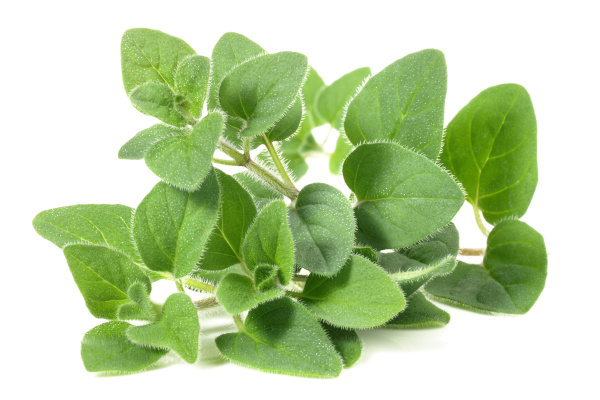
Oregano features soft fuzzy leaves and takes on the form of a low plant or ground cover.
It is a perennial plant – meaning it can continue growing forever.
Oregano can be grown from seed and will develop pink flowers later in the growing season.
Full sun or partial shade.
Well drained soil.
Sand, chalk or loam.
When the plant grows to about 10cm tall, start pinching out some tips to encourage more leafy growth.
Fresh oregano has a strong flavor and aroma. Strip the leaves off the stem. The stem cannot be used.
Fresh oregano is commonly used in a bouquet garni for making stocks and soups.
8. Dill
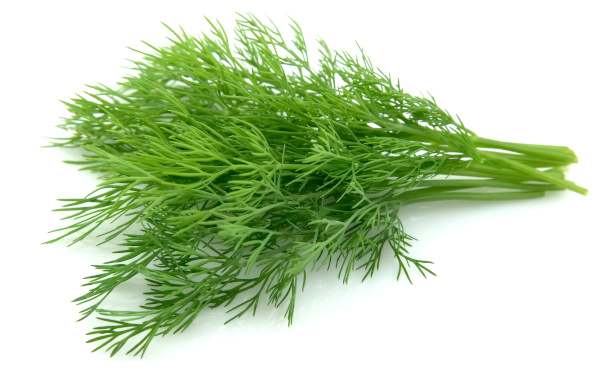
It is an annual plant – meaning all roots, stems and leaves of the plant die annually.
The plant will develop flowers and then seeds at the end of the growing season.
Dill seeds, which develop later in the growing season, can also be harvested once they turn brown and then dried. Dill seeds are a common spice and often an ingredient in curry powders.
Full sun.
Well drained soil.
Sand, chalk or loam.
Dill does not like to be repotted, so sowing seeds in situ is important.
Snip off leaves regularly and collect the seeds in brown paper bags once they have turned brown.
Dill’s feathery leaves make beautiful garnishes for dishes. The herb can be used fresh or dried and is a great addition to fish dishes such as mahi mahi with lemon dill sauce.
9. Sage
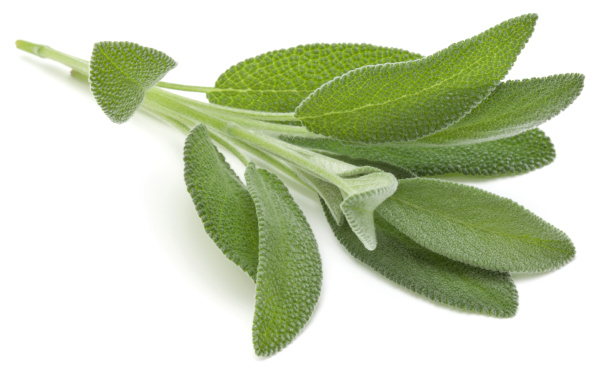
Sage plants come in a range of varieties including those with different colored leaves. It is a perennial plant – meaning it can continue growing forever.
Sage does not like to sit in wet soil, so it is essential to make sure your potting soil and pot are well draining.
Sage leaves can be harvested at any time. When leaves are harvested regularly, this will encourage more growth.
Full sun or partial shade.
Moist but well drained soil.
Clay or loam.
Sage does not like to sit in wet soil so make sure the pot drives out a little before the next watering.
Sage is often used in stuffings for chicken and pork, such as in roasted pork with sage, rosemary and garlic.
Where to grow herbs indoors?
Window Sill
A window sill in a full sun position is an excellent choice of location for your indoor herb garden. Better yet, if it is your kitchen window, you will have ready access to fresh herbs whenever you need them.
Hanging Baskets
In some homes or rooms, bench space is at a premium. In these cases, hanging baskets for herbs can be an option. Make sure that your herbs will still get enough light in their hanging position.
Vertical Gardens
Vertical herb gardens have become very popular and can be both decorative and practical. There are many commercially available vertical garden kits for you to choose from or you can make your own from bookshelves, ladders, stacks of books at different heights or wall hanging shelves.
Scattered Pots
Growing your herbs in a collection of similar of different pots is by far the most convenient and effortless way to start your indoor herb garden. Plant each of your herbs in a separate pot, scatter them around your home or line them up on a window sill.
The advantage of scattered pots is that you can move your indoor herbs around from season to season to ensure they get just the right amount of sunlight regardless of the season.

Watch out for garden pests:
Inspect any seedlings or more mature herb plants for pests before purchasing. Do the same if you are taking cuttings from outside to start your indoor herb garden. Aphids, spider mites and scale are common on many herbs.
Final thoughts
Follow our recommendations on the best herbs for beginner gardeners, and you will find that growing herbs indoors is super easy.
Once you have mastered our 9 best herbs for beginner gardeners, you can explore one or two of the many more herb varieties.
A ready supply of juicy sweet herbs will be available to you all year round.
Make sure you hang around and check out our other indoor gardening blog posts.
Remember, life is better with indoor plants!




